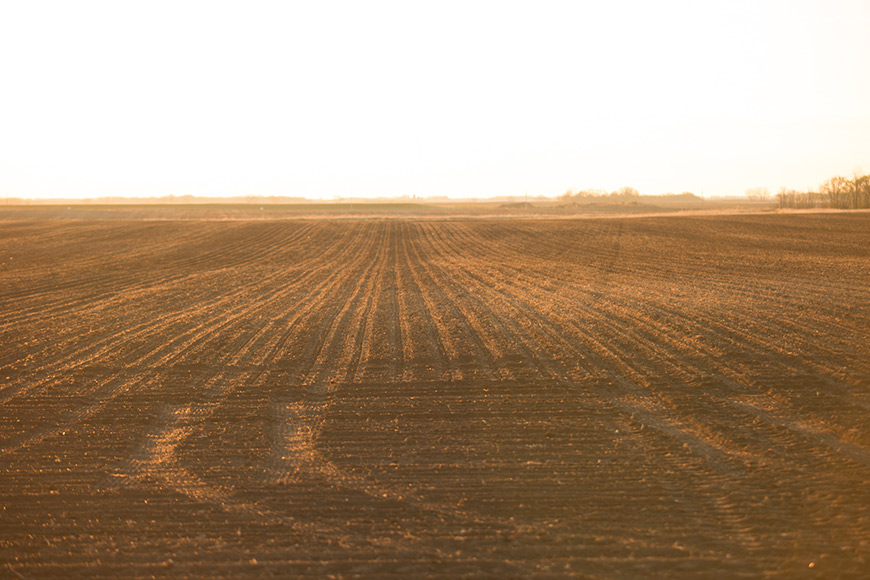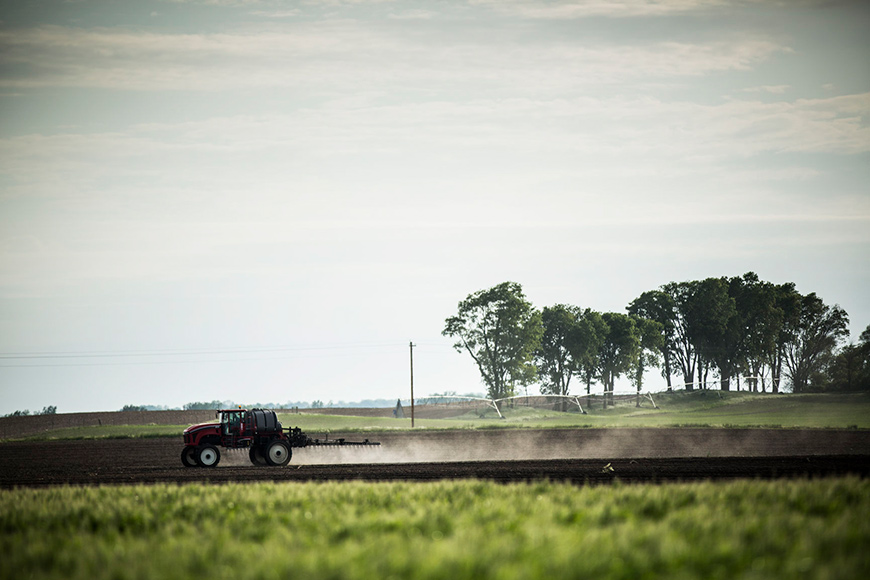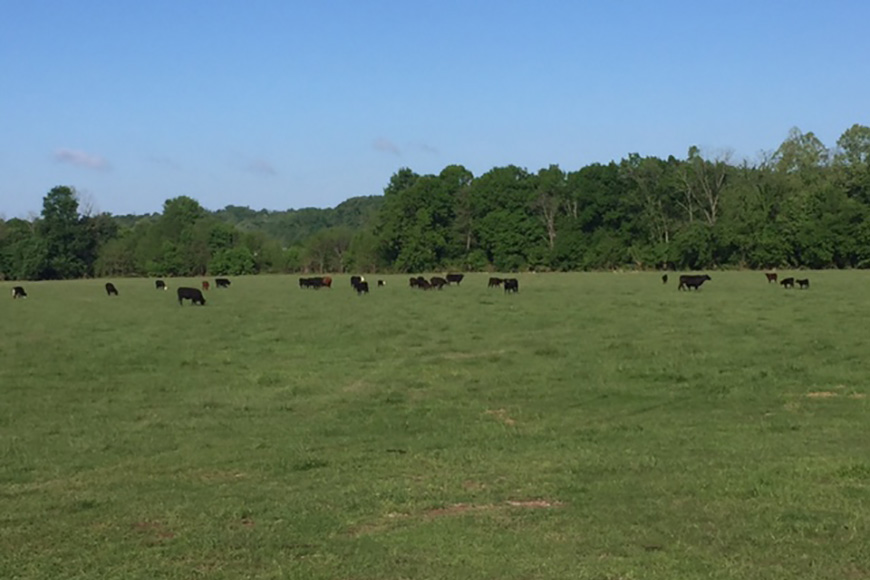Help Protect Your Nitrogen With the Right Stabilizer

Did you know that up to 28% of nitrogen that farmers apply will be lost due to volatility, leaching and denitrification? The average loss in the Upper Mississippi Basin is 39 pounds per acre.1 Many farmers compensate by overapplying nitrogen to their fields. But with budgets tightening, it may make more economic sense to apply less nitrogen and protect those applications with a nitrogen stabilizer.
Finding the nitrogen stabilizer that works best for you will depend on the nitrogen source you use and the timing of your applications.
- Most products are single-mode inhibitors and protect against one specific type of nitrogen loss. For example, AGROTAIN® Advanced 1.0 and Anvol™ are good options for dryland acres because they can protect against nitrogen loss through volatilization. Instinct® II and N-Serve® are single-mode products that inhibit nitrification. The benefit of single-mode nitrogen stabilizers is that you can get more strategic with applications.
- There are also double- and triple-mode inhibitor products that safeguard against multiple forms of nitrogen loss. While these products are typically more expensive, they can help you hedge your bets against unknown environmental conditions. NutriSphere-N® and Nue-Charge® G are triple-mode inhibitor products that reduce nitrogen loss from volatilization, leaching and denitrification.
Applying any type of nitrogen stabilizer works better than applying none at all, so work with your agronomist to find the product that works best based on your application preferences.
Protect your dollars…and the environment
Ideally, every nitrogen application would include a stabilizer, but in reality that may not be an option. In that case, my recommendation is to apply a stabilizer wherever your largest sum of nitrogen is going down during the season. For example, if you normally put 75 percent of your nitrogen credits down in the fall, you should consider a nitrogen stabilizer to better protect those acres because that’s where your largest investment is. The same rule applies to preplant and in-season nitrogen applications.
In addition to protecting more of your fertilizer investment, nitrogen stabilizers also help protect the environment. That’s because stabilizers are formulated to help keep nitrogen in the root zone so plants can use it for producing grain. Instead of applying excess nitrogen to compensate for expected loss, you can apply less stabilized nitrogen, which helps to promote good stewardship of land and water resources. Research from our partners at Truterra indicates that applying 10 percent less nitrogen saves on average $5.58 per acre.
For more information about choosing a nitrogen stabilizer that fits with your fertilization plan, speak with your WinField United retailer.
This article was originally published in February 2019 and was updated in April 2020.
1 NRCS: Assessment of the Effects of Conservation Practices on Cultivated Cropland in the Upper Mississippi River Basin, July 2012.
All photos are either the property of WinField United or used with permission.
© 2020 WinField United. Important: Before use always read and follow label instructions. Crop performance is dependent on several factors many of which are beyond the control of WinField United, including without limitation, soil type, pest pressures, agronomic practices, and weather conditions. Growers are encouraged to consider data from multiple locations, over multiple years, and be mindful of how such agronomic conditions could impact results. WinField® is a trademark of WinField United. NutriSphere-N® and Nue-Charge® G are registered trademarks of Verdesian. AGROTAIN® Advanced 1.0 and Anvol™ are registered trademarks of Koch Agronomic Services. Instinct® II and N-Serve® are registered trademarks of Corteva Agriscience.




